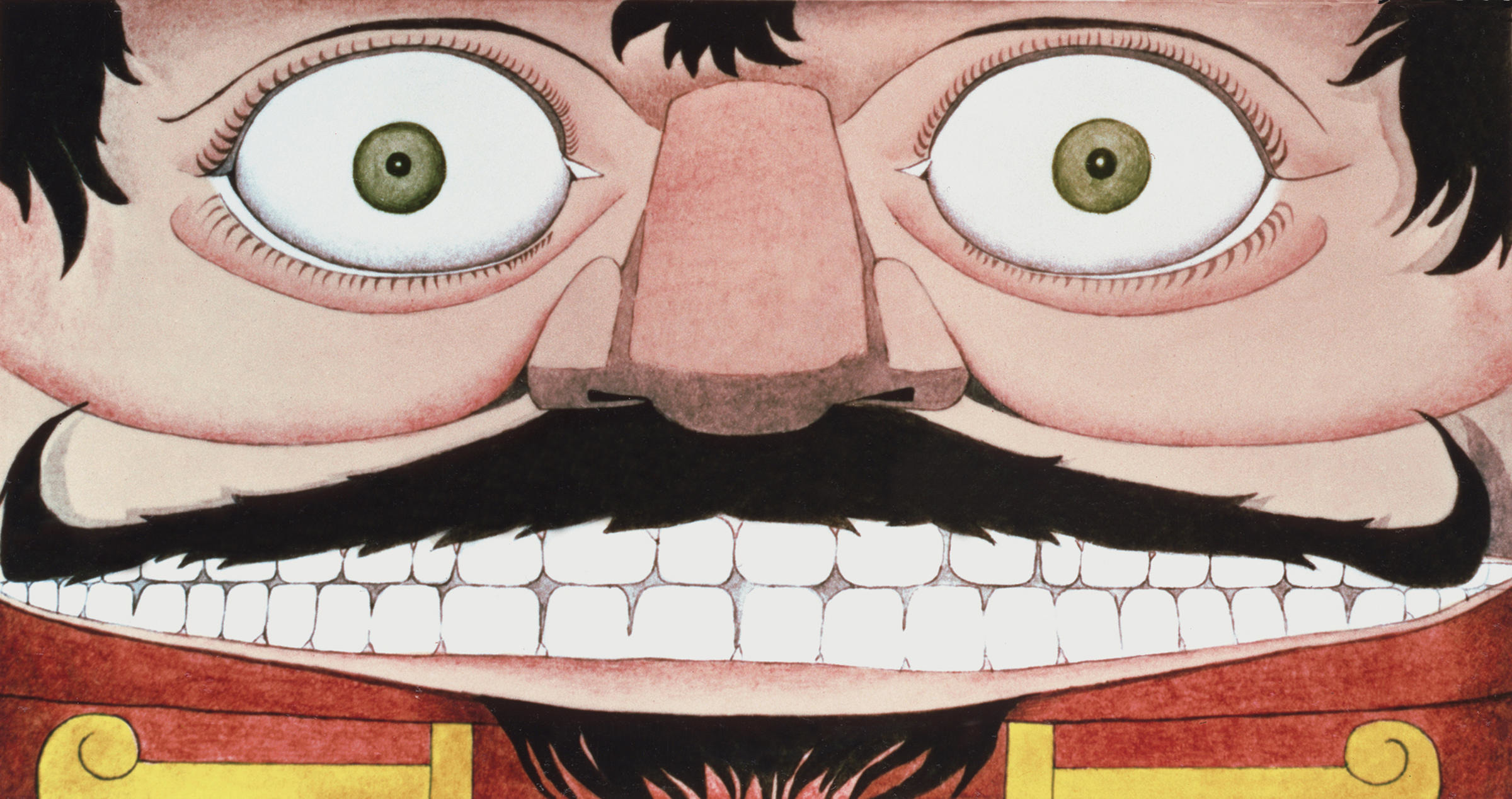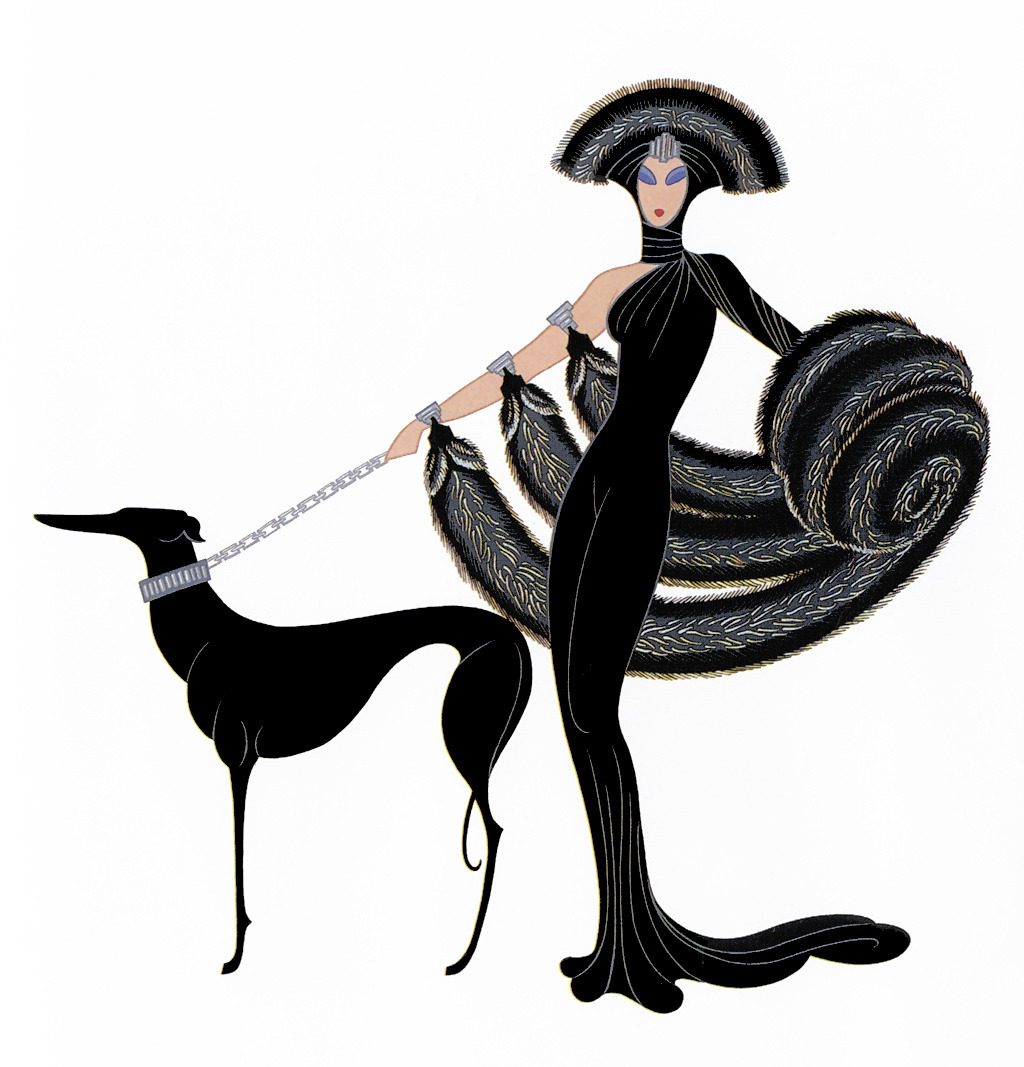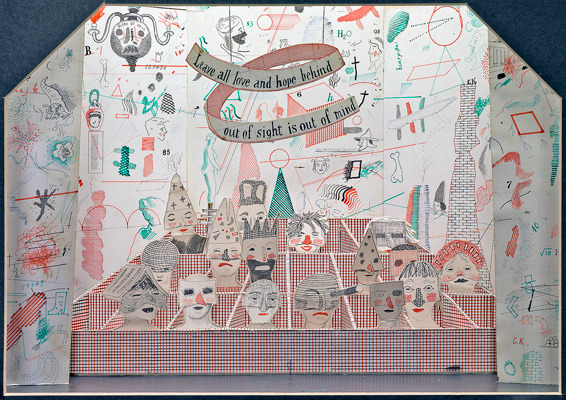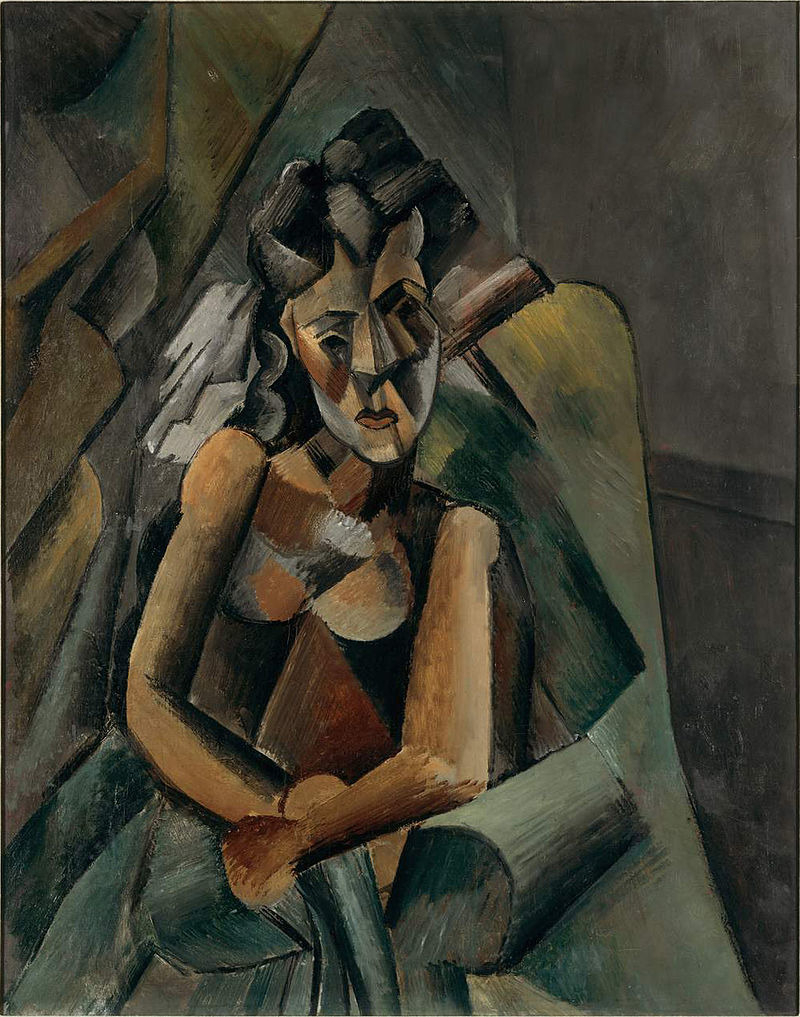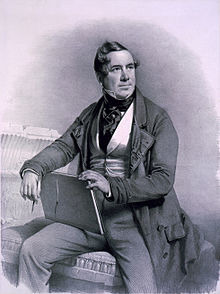
David Roberts (Library of Congress Collection)
From the age of 10, Roberts was apprenticed to a house painter and decorator, and throughout the beginning of his long career, as various positions closed, went out of business, etc., he would return to house painting.
His first work in theatre design started in 1816 when he was painter and designer for a circus, accompanying them on their summer tours. When he had caught up on his duties, he was sometimes required to take the stage in the clown’ skits. In 1817 he was at the Pantheon Theatre in Edinburgh, until it failed in May 1817, whereupon he returned to house painting. The Pantheon reopened in 1818 but he couldn’t join them until the winter season because of his house-painting commitments. After a stint at the Theatre Royal in Edinburgh in 1821, he moved to London in 1822 to work first with the Coburg Theatre (now the Old Vic) and then the Theatre Royal, Drury Lane.
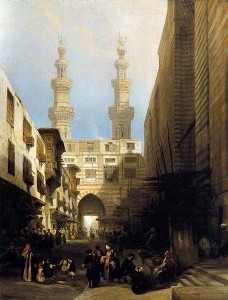
Roberts: A View of Cairo (1840)
He did work for the Royal Opera House at Covent Garden in 1827, including the sets for the London première of Mozart’s Die Entführung aus dem Serail, put on by the Charles Kemble Opera Company. He also did scenery for a pantomime depicting the naval victory of Navarino (which had been fought in October 1827 in Greece), and two panoramas that he executed jointly with William Clarkson Stanfield, who had worked with him at the Theatre Royal in London.
Mozart: Die Entführung aus dem Serail: Overture (Vienna Symphony Orchestra; Bruno Weil, cond.)
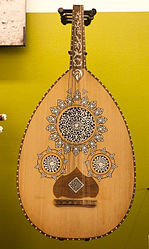
An Oud
In many ways, his images of the Middle East, published as lithographs in his books Sketches in the Holy Land and Syria, 1842–1849 and in his Egypt & Nubia series, became the pictures many people held as their imagined Middle East. In this picture of Cairo, for example, we can admire the fine architecture while also investigating what’s happening on street level.
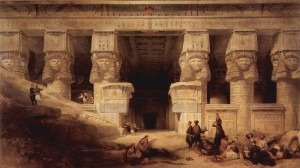
Roberts: The Temple at Dendera (1841)
From apprentice house-painter in 1806 to President of the Society of British Artists in 1831 to being full member of the Royal Academy in 1841 – this was a career that saw each step take him closer to the top of his field.

